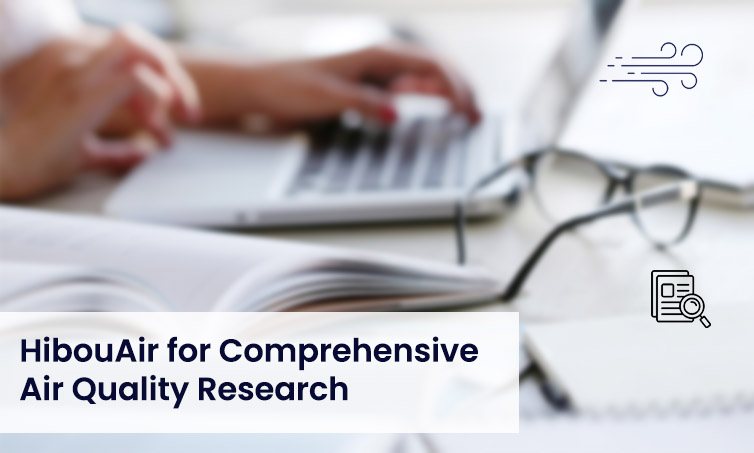Using HibouAir for Comprehensive Air Quality Research: Insights from Recent Study
In the wake of increasing concerns regarding environmental air pollution (EAP), particularly due to factors like wildfires and traffic emissions, the significance of monitoring indoor air quality (IAQ) has never been more pronounced. Recent research conducted by Elaheh Samandi, Arezoo Shirazi, and Sidney Newton from the School of Built Environment at the University of Technology Sydney highlights the importance of localized indoor air quality monitoring.
The study, titled “Measuring the fine particulate exposure levels of building occupants using localized sensors,” focused on correlations between indoor and outdoor PM2.5 concentrations within a university building in Sydney, Australia. Over a span of five months, IoT sensors, including the HibouAir air quality monitor, were deployed to monitor PM2.5 levels, aiding in the determination of Indoor to Outdoor (I/O) ratios and Exceedance Indices (E-index).
One of the important findings of the research underscores the stark increase in PM2.5 concentrations overnight during the winter season, emphasizing the need for continuous monitoring to mitigate potential health risks associated with prolonged exposure. Furthermore, the study identified a negative correlation between indoor PM2.5 exposure and the distance from ground level, highlighting the complex interplay between building design and air quality.
The deployment of localized sensors, including the HibouAir air quality monitoring device, provided invaluable insights into localized PM2.5 concentrations, revealing differences compared to regional air quality monitoring stations. Notably, the average PM2.5 readings from the local outdoor sensor were significantly higher than those recorded by the nearest regional station, explains the limitations of relying solely on regional data for assessing localized air quality.
The implications of this study extend far beyond academia, emphasizing the critical need for air quality monitoring solutions like the HibouAir. By providing accurate and localized data on a essential environmental parameters including CO2, PM1.0, PM2.5, PM10, temperature, humidity, and VOCs, HibouAir enables researchers to conduct in-depth investigations into indoor air quality. Such studies pave the way for the development of effective strategies to create healthier indoor environments, promoting the well-being of building occupants.
For those interested in exploring the research further, the complete materials can be accessed through the following link: Research Article on Measuring the fine particulate exposure levels of building occupants using localized sensors.
To learn more about how HibouAir for air quality research and indoor environment management, or to discuss potential projects or inquiries, feel free to reach out to us. We’re here to help foster healthier indoor environments and address the challenges posed by environmental air pollution.

